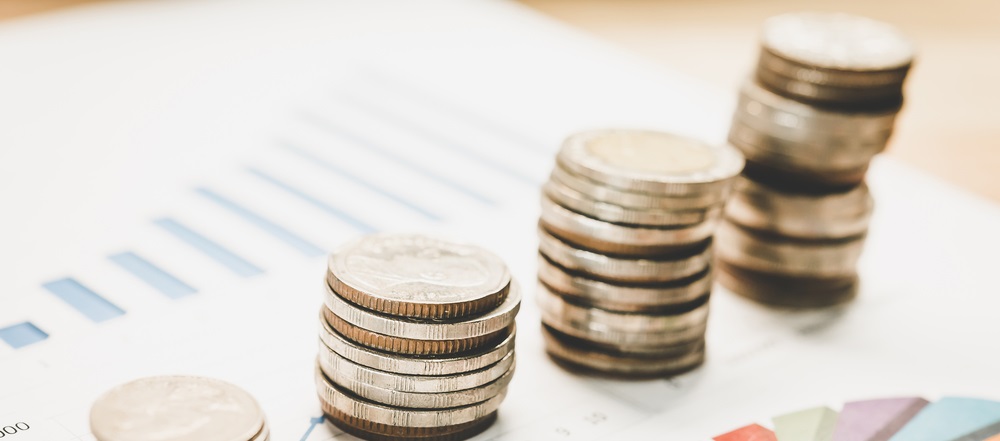With many milestones we celebrate in life like our job promotion, paying for your dream house, buying your dream car, saving for your next travel escapade, or attending your friend’s wedding, setting aside some money to invest in your retirement seems like nothing but a lucid dream.
In fact, studies show that most Americans have an astounding $15,000 debt either in their mortgage, student loans or credit card debt.
They also don’t have funds to spend on emergency cases. Aside from that, most Americans think investing is something that’s out of their league.
They have this perception that they need to spend a hefty amount of money to start investing in the stock market or other investment schemes they want to enter. How can you start investing with a small capital? Here’s what the experts have to say.
Include Savings In Your Budget
According to the renowned financial advisor Sallie Krawcheck, most people fail in savings because they tend to pay off their bills and responsibilities first before setting a portion of their salary for saving.
Unfortunately, this formula spells disaster since you’re not going to save until the end. Not to mention you won’t have any money to invest. According to her, you need to allocate at least 20% of your salary before you even receive it.

This means you need to include your savings in your budget and take it as a bill you need to pay every month. If you cannot save 20% of your salary, try allocating as little as $20-$35 per week.
If you sum it all up, you can save an astounding $6,238 if you invest it at a 6% yield per year! Do not underestimate how little you can save.
Even ditching your Starbucks coffee to save $3 will come a long way if you do it long-term. Krawcheck says the key here is to save consistently to have enough funds to start investing.
Pay Off Your Debts
Now that you have some money to spare for your investment, the next thing to do is to pay off your debts. Most working professionals nowadays carry the burden of paying student loans as well as credit card debts.
To expedite your process of paying them off, you need to assess their interest rates first. Since credit card debt tends to have higher interest rates (mostly at two digits), you need to prioritize paying it as soon as possible.
Otherwise, you might end up paying a hefty amount of up to $2,000 just for interest alone! That would be a lot of money to save and invest instead! Next, pay off your smaller debts like the student loan debt. The sooner you pay off your debts, the sooner you’ll have more money to set aside in saving and investing.
Identify Your Long-term Goals

Before you start investing, you need to be very clear about what your long-term goals are to identify what type of investment you need. Are you saving for your retirement funds? You can avail of a 401(k) account.
Saving up for your health and protection? You can avail of a health insurance plan with investment to grow your money while covering up your medical costs in case something happens to you.
Want to invest for your future children’s education, your dream home, or travel the world when you retire? Invest in the stock market to get the highest potential returns of your money.
Start Investing Early

Contrary to popular myth, you don’t need to spend a lot of money to start investing. For as little as $1, the financial experts say you can already invest in ETF or exchange-traded funds, bonds, stocks, and other commodities.
Depending on your goals, you can build a mixed portfolio and divide your invested money accordingly.





